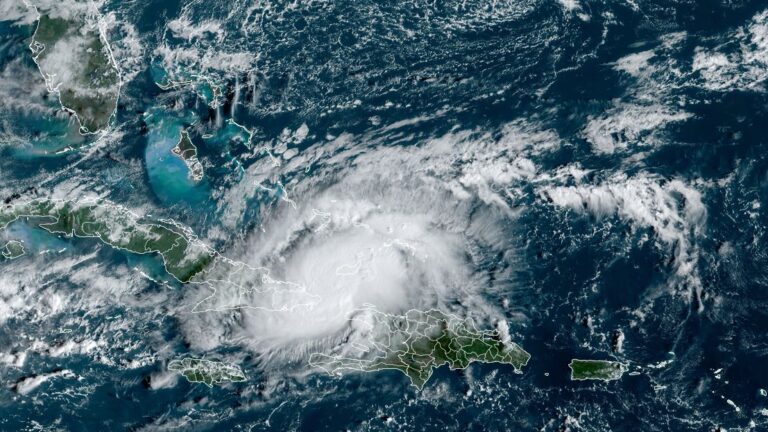To the astonishment of forecasters, a tiny hurricane just sprang up near Cuba
Satellites do not have the capability to directly measure wind speeds, so they make estimates based upon other observable variables, using instruments such as a scatterometer. Yes, that’s a real word. By these indirect estimates, Oscar had sustained winds between 48 mph and 63 mph (77 kph to 101 kph), which remains well below the threshold for a hurricane (74 mph, 119 kph).
The Air Force aircraft found sustained winds, in a tiny area to be sure, of 85 mph (137 kph). Hence, Hurricane Oscar.
How this happened
Oscar’s development shocked forecasters. There was only a modest indication from satellite imagery, as of Friday, that anything would form; and none of the major global models indicated development of any kind. It was thought that the area of low pressure would get swamped by vertical wind shear this weekend as it neared Cuba.
However, the tiny size of Oscar confounded those expectations. Weather models struggle with the development of small hurricanes, and this is largely because the micro-physics of the smallest storms occur below the resolution of these models. Additionally, tiny hurricanes organize much more quickly and efficiently.
In other words, small storms can more easily make quick changes. Which is what happened with Oscar. The storm will bring heavy rain and winds to the eastern half of Cuba on Sunday before it lifts to the northeast, and brings rainfall and some storm surge into the Bahamas early next week.







